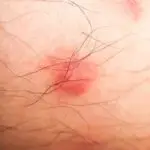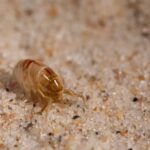How Fleas Reproduce and Survive
Fleas are one of the most common external parasites that affect domestic animals. There are several species of fleas, and they can infest both cats and dogs. Cats have the most severe cases of flea infestation, while dogs are less likely to be infested. It’s important to understand how fleas reproduce and survive so you can control their numbers and prevent them from spreading.
Fleas are spread by outdoor wildlife, including cats, dogs, raccoons, coyotes, and skunks. Flea eggs fall from these hosts when they walk by, and they eventually hatch into adult fleas and infest humans and other animals. Because these fleas rarely migrate from host to host, they typically spread by dropping their eggs and infest new habitats.
Fleas are blood-sucking parasitic insects. They have flat bodies and specialized mouthparts that are used to feed on the blood of their host. Fleas also spread disease through rodents bitten by infected fleas. Several major plague outbreaks in history have been traced to fleas, including the Plague of Justinian, around 540, and the Black Death, in 1350.
Fleas have three life stages. Flea larvae emerge from a cocoon and feed on local debris and animal droppings. Flea larvae live for two to five weeks before they develop into an adult flea. Their pupae hide in soil, plants, or other hidden areas to complete their metamorphosis.








